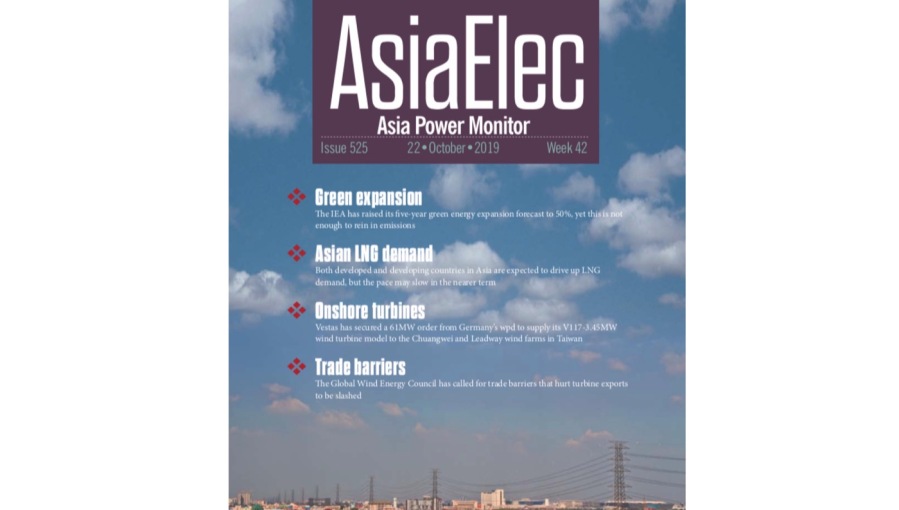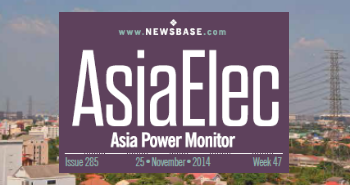AsiaElec: Philippines’ nuclear roadmap: a path to 4,800 MW by 2050

The Philippines is making substantial progress in its nuclear energy ambitions, with a clear roadmap that targets operational nuclear power plants by 2032. This ambitious plan, which starts with an initial 1,200 MW capacity and aims to expand to 4,800 MW by 2050, has received positive attention from the International Atomic Energy Agency (IAEA).
The road to nuclear energy, however, has not been without its challenges. While the country completed the construction of the 620-MW Bataan Nuclear Power Plant (BNPP) back in 1984, safety concerns and political hurdles prevented its commissioning. Despite these setbacks, the Philippines remains committed to integrating nuclear power into its energy mix, with a strategic focus on sustainability, as reported by Manila Standard.
In December 2024, the IAEA conducted a follow-up Integrated Nuclear Infrastructure Review (INIR) mission, assessing the progress made since the agency’s first evaluation in 2018. The mission's findings were promising, highlighting the Philippines' substantial strides in developing the necessary infrastructure for a nuclear power programme. This includes drafting a comprehensive nuclear law, enhancing human resource development, and strengthening the regulatory framework. The mission team also praised the country’s work on radiation protection, waste management, and emergency preparedness.
Energy Secretary Raphael Lotilla welcomed the results, noting that the ongoing work would enable the Philippines to integrate nuclear energy alongside renewable sources, all while adhering to international safety standards. The country’s commitment was further demonstrated by the expansion of its Nuclear Energy Programme Implementing Organization (NEPIO), which now involves 24 organisations actively working on various aspects of nuclear energy development.
Meanwhile, in a significant move, the Philippines’ Department of Energy (DOE) and Korea Hydro & Nuclear Power Co. Ltd. (KHNP) signed a memorandum of understanding (MOU) to explore the feasibility of rehabilitating the BNPP. KHNP will conduct a two-phase feasibility study, starting in January 2025. This study will assess the current condition of the BNPP and determine whether rehabilitation is viable. If refurbishment is deemed unfeasible, alternative options, including new plant construction or the use of small modular reactors, will be considered.
This collaboration with Korea, alongside the ongoing work with the IAEA, underscores the Philippines' growing determination to harness nuclear energy as part of its sustainable future.
If you'd like to read more about the key events shaping the Asian power sector then please click here for NewsBase's AsiaElec Monitor.


Follow us online